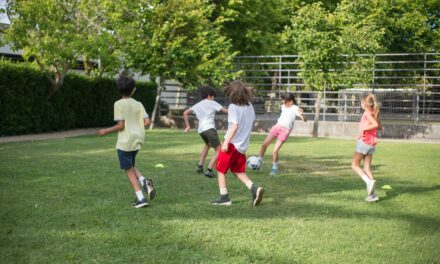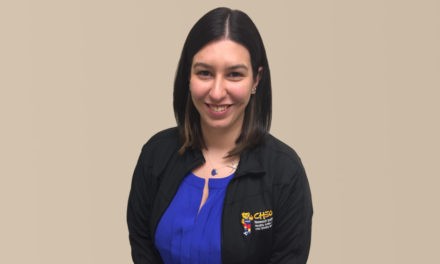HALO alumnus Dr. Jeremy Walsh and two HALO scientists (Dr. Gary Goldfield and Dr. Stasia Hadjiyannakis) are authors on a paper, “Interindividual variability and individual responses to exercise training in adolescents with obesity,” that was recently published in Applied Physiology, Nutrition and Metabolism. The primary finding was that six months of exercise training does not increase interindividual variability in body composition and cardiometabolic outcomes among adolescents with obesity, but rather exercise created a positive, uniform shift in responses.
Citation details and a summary of the paper are below.
Walsh JJ, Bonafiglia JT, Goldfield GS, Sigal RJ, Kenny GP, Doucette S, Hadjiyannakis S, Alberga AS, Prud’homme D, Gurd BJ. Interindividual variability and individual responses to exercise training in adolescents w . Appl Physiol Nutr Metab. 2020 Jan;45(1):45-54.
Abstract
This study investigated the impact of exercise training on interindividual variability and response rates in body composition and cardiometabolic outcomes in adolescents with obesity. Postpubertal males and females (n = 143) were randomly assigned to 6 months of a diet-only control or aerobic, resistance, or combined exercise training. Body composition indices were percentages of body fat mass and lean body mass and waist circumference. Biomarkers of cardiometabolic health were systolic blood pressure and plasma fasting glucose, triglycerides, and high-density lipoprotein cholesterol. Interindividual variability was examined by comparing the standard deviation of individual responses (SDIR) to a smallest robust change (SRC). The typical error of measurement was used to classify responses. SDIR exceeded the SRC for percent body fat mass in all exercise groups (SRC = 1.04%; aerobic SDIR = 1.50%; resistance SDIR = 1.22%; combined SDIR = 2.29%), percent lean body mass (SRC = 1.38%; SDIR = 3.2%,), systolic blood pressure (SRC = 2.06 mm Hg; SDIR = 4.92 mm Hg) in the resistance group, and waist circumference (SRC = 2.33 cm; SDIR = 4.09 cm), and fasting glucose (SRC = 0.08 mmol/L; SDIR = 0.28 mmol/L) in the combined group. However, half of the reported variables (11/21) did not have a positive SDIR. Importantly, adverse response rates were significantly lower in all 3 exercise groups compared with control for body composition. Although exercise had a small influence on interindividual variability for indices of body composition, the rate of adverse responses did not increase for any outcome. Novelty Interindividual variability and individual responses to exercise training have not been investigated in adolescents with obesity. Six months of exercise training does not increase interindividual variability in adolescents with obesity. Exercise created a positive, uniform shift in responses.





